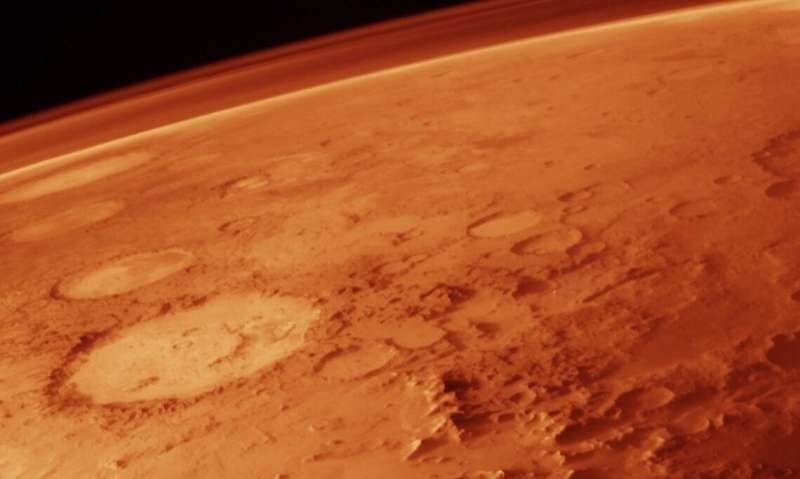Temperature-Adaptive Charging Protocol Could Boost Lithium Battery Lifespan for Mars Exploration
By University of Science and Technology of China – Edited by Gaby Clark, Reviewed by Robert Egan – September 2025

A research team led by Prof. Tan Peng from the University of Science and Technology of China (USTC), Chinese Academy of Sciences, has unveiled the temperature regulation mechanism of lithium–Mars gas batteries (LMGBs). The study, published in Advanced Functional Materials, provides a theoretical foundation for developing next-generation energy systems for deep space exploration.
Challenges of Powering a Mars Base
Mars presents an extreme natural environment characterized by multiple atmospheric gases and severe temperature fluctuations. LMGBs are promising because they can directly generate electricity on Mars, making them a strong candidate for powering future Mars bases. However, the complex reaction pathways of LMGBs across wide temperature ranges — along with the risk of interface failure — have so far limited their practical use.
Temperature as the Key Regulator
The researchers discovered that temperature is the dominant factor influencing LMGB performance. It regulates:
-
The competition between two-electron and four-electron processes
-
The growth mode of solid reaction products
At low temperatures, capacity decay was primarily caused by interface passivation due to excessive amorphous carbon deposition.
Switching Reaction Pathways
The study revealed that temperature can drive reaction pathway switching and interface reconstruction.
-
At higher temperatures, the battery reaction shifts from the four-electron pathway that produces solid carbon
(4Li⁺ + 3CO₂ + 4e⁻ → 2Li₂CO₃ + C)
to the two-electron pathway that generates gaseous carbon monoxide
(2Li⁺ + 2CO₂ + 2e⁻ → Li₂CO₃ + CO)
with reaction kinetics increasing by nearly twofold.
High temperatures also stimulated the production of highly active singlet oxygen (¹O₂), which accelerated lithium carbonate (Li₂CO₃) decomposition. As a result, Li₂CO₃ formed isolated 3D structures, and CO₂ concentration near the interface was quadrupled compared to low-temperature conditions.
A Temperature-Adaptive Charging Protocol
Building on these findings, the researchers proposed a temperature-adaptive charging protocol:
-
Daytime high temperatures trigger efficient decomposition modes, reducing harmful solid deposits.
-
Nighttime low temperatures initiate slow-charging strategies that protect battery interfaces.
This dual-phase approach suppresses amorphous carbon generation, optimizes solid product morphology, and improves battery efficiency — enabling continuous nighttime operation of Mars rovers and other equipment.






